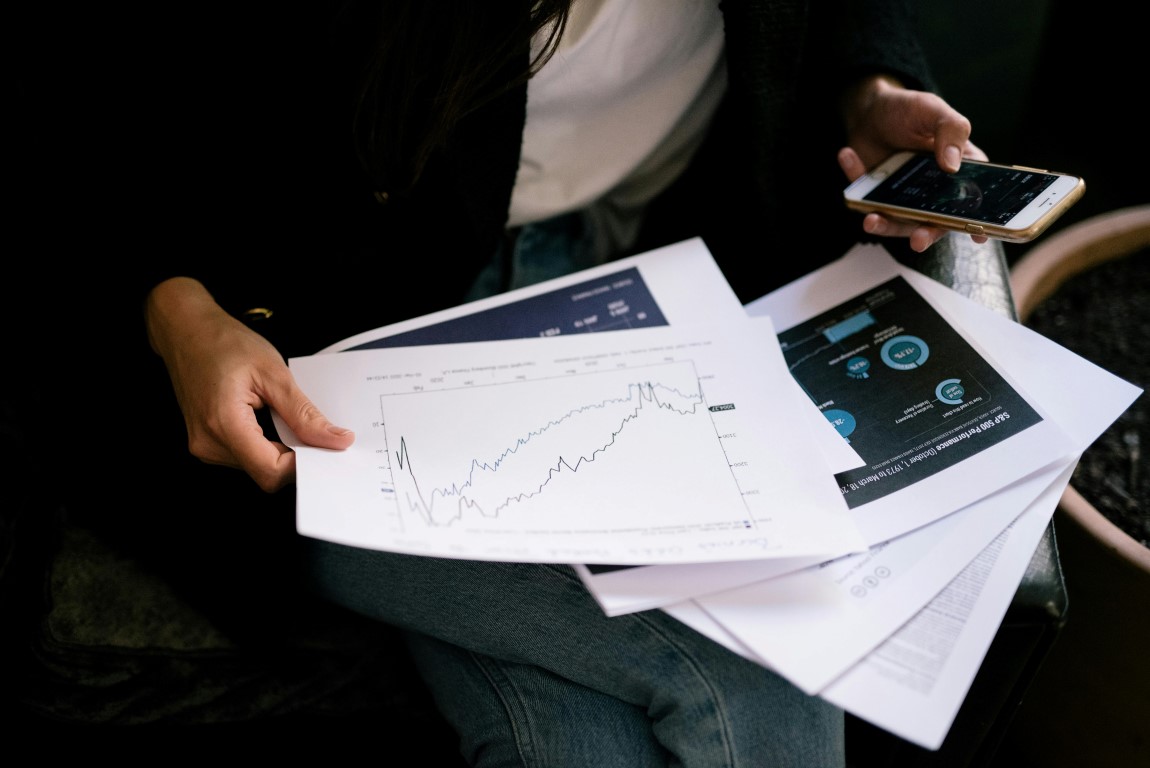Risk assessment and due diligence are crucial steps in the investment process that assist investors in protecting their cash and making well-informed decisions.
Whether you are considering buying a business, investing in real estate, or considering a stock purchase, the success of your venture may be greatly impacted by carrying out careful due diligence and weighing the risks.
In order to assist investors in navigating these crucial stages, we will now examine the fundamentals of risk assessment and due diligence for investments.
1. What is due diligence in investments?
Prior to making a financial commitment, investment due diligence is a thorough process of reviewing and confirming all pertinent facts regarding an investment opportunity. Due diligence is to ascertain if the investment is in line with the investor’s goals, confirm the veracity of the information supplied, and locate any possible dangers that could have an impact on the investment’s performance.
Examining important components of an investment, such as financial statements, market circumstances, management teams, contracts, and asset values, is known as due diligence. Investors can make better decisions by gaining a thorough understanding of the investment through due diligence.
According to Walter Soriano, Founder and CEO of USG Security, “Due diligence is about protecting your interests before you’re committed. It allows investors to uncover hidden risks, verify the information they’ve been given, and ultimately reduce uncertainty. A thorough process can be the difference between a sound investment and a costly mistake.”
2. The Value of Due Diligence
Investors who neglect to conduct due diligence run the danger of being taken advantage of or having their judgments based on false or inadequate information. Poor investment results, such as unforeseen cash losses or legal issues, may result from this. Due diligence guarantees that every area of the investment has been carefully examined, protecting you from these possible dangers.
Due diligence not only helps detect dangers but may also reveal possibilities that were not immediately apparent. For instance, a trend in the market or an item that is undervalued might increase the investment’s worth.
Sustainability: Not to mention, it’s crucial to note that greenwashing is something that’s very prominent and popular in business in recent years. In order to drive sales and increase brand reputation, companies are making misleading statements in terms of their environmental sustainability actions and initiatives.
To confirm, “In a 2022 survey of almost 1,500 CEOs and C-Suite leaders, well over half (58%) admitted their companies were guilty of greenwashing, and two-thirds questioned whether their efforts were genuine in the first place.” (Reference)
Appropriately, if for example, Company A wishes to buy Company B, Company A should conduct extensive due diligence to examine, assess and validate the sustainability claims made by Company B.
3. Important Investment Due Diligence Subjects
Depending on the kind of investment, the details of due diligence may change, however some frequent topics to look at are as follows:
a) Financial Due Diligence
Examining the company’s or asset’s financial situation in great detail is required for this. Financial statements, profit margins, cash flow, debt levels, as well as growth forecasts should all be examined by investors. It is essential to comprehend past and future financial performance while evaluating the investment’s profitability and sustainability.
b) Legal and Regulatory Due Diligence
It is crucial to make sure the investment conforms with all legal and regulatory standards. Examining licenses, contracts, intellectual property rights, and possible legal risks are a few examples of what this may entail. Additionally, investors have to make sure the asset or organization is acting legally in the area in which it operates.
c) Analysis of Markets and Industries
An investment’s likelihood of success is frequently influenced by larger market and industry developments. Investors should evaluate the industry in which the investment operates in terms of growth possibilities, market demand, and competition. Assessing an investment’s long-term potential requires a thorough grasp of the market.
d) Assessment of the Management Team
The calibre of the management team may have a significant impact on the venture’s success when it comes to business investments. To make sure the leadership can carry out the company strategy and produce outcomes, investors should evaluate their background, performance history, and strategic vision.
e) Operational Due Diligence
Operational due diligence is concerned with the day-to-day operations of the asset or firm. This entails assessing consumer interactions, supply networks, technological infrastructure, and human resources. Profitability is frequently increased by more efficient operations, but inefficiencies might indicate underlying problems that could have a detrimental effect on returns.
4. What Is Risk Assessment?
The process of locating, assessing, and ranking any risks that can have an impact on an investment is known as risk assessment. The aim is to ascertain the probability and possible influence of these risks on the performance of the investment. Many factors might give birth to risks, such as shifts in regulations, market turbulence, financial instability, and operational difficulties.
Knowledge of an investment’s risks is essential to the due diligence process since it enables investors to take proactive measures to reduce them.
5. Types of Risks to Think About
When evaluating an investment, investors need to take a number of risks into account. Among the most typical dangers are:
a) Market Risk
Market risk is the chance that events in the larger market, such as recessions, changes in interest rates, or shifts in geopolitics, might have a negative effect on the investment. Investors want to think about how susceptible the investment is to shifts in the market as a whole.
b) Financial Risk
When a business or asset might not be able to fulfil its financial commitments, such loan repayments, financial risk develops. The likelihood of experiencing financial trouble can be raised by high indebtedness or inadequate cash flow management. To determine the financial risk of an investment, investors should consider its financial structure.
c) Risk Associated with Operations
Internal systems and processes are subject to this risk, which might result in losses or decreased performance if they malfunction or become inefficient. Examples of operational risks that might impact the returns on an investment include supply chain interruptions, labour strikes, and managerial errors.
d) Legal and Regulatory Risk
Especially in highly regulated areas like healthcare or finance, changes in laws or rules can have a big effect on an investment. Investors must remain vigilant about any changes to regulations that can make compliance more difficult or restrict their ability to develop.
e) Risk Associated with Liquidity
When an investment is difficult to sell or turn into cash without suffering a large loss in value, liquidity risk arises. For investors who want fast access to their money, illiquid investments like real estate or private equity may provide higher risks.
6. Counteracting Risk with Return
All investments include some risk, as savvy investors are aware of. The secret is to weigh the prospective rewards against the known hazards. In light of their risk tolerance and financial objectives, investors ought to endeavour to establish a diversified portfolio including a combination of high-risk and low-risk assets. Investors might analyse risk to see if the possible rewards outweigh the hazards.
As Walter notes, “No investment is entirely risk-free, but with proper risk assessment, you can position yourself to maximize returns while managing the downsides. It’s about knowing what you’re getting into and preparing accordingly.”
7. Reducing the Risk of Investments
Following the identification of such risks, investors have to devise a strategy to alleviate them. This might entail spreading out your investments, settling on protective contracts, putting in place financial protections (such stop-loss orders), or getting insurance to cover particular risks. Reducing risk exposure without compromising possible profits is the aim.
Conclusion
Taking everything into account, making safe and well-informed investing decisions requires doing thorough research and evaluating risks. Investors can obtain a complete grasp of the possibilities and drawbacks of an investment by carrying out extensive due diligence. Similarly, risk assessment assists investors in recognizing, assessing, and reducing the risks related to their investment.
When combined, these procedures offer a guide for choosing safer, more intelligent investments that support long-term financial objectives.




